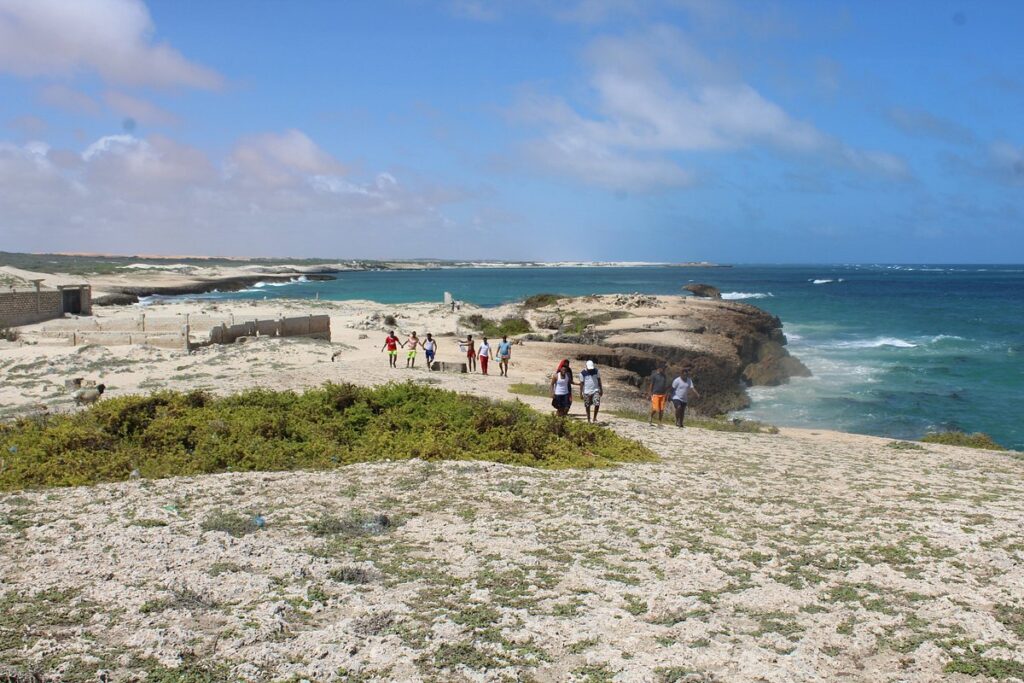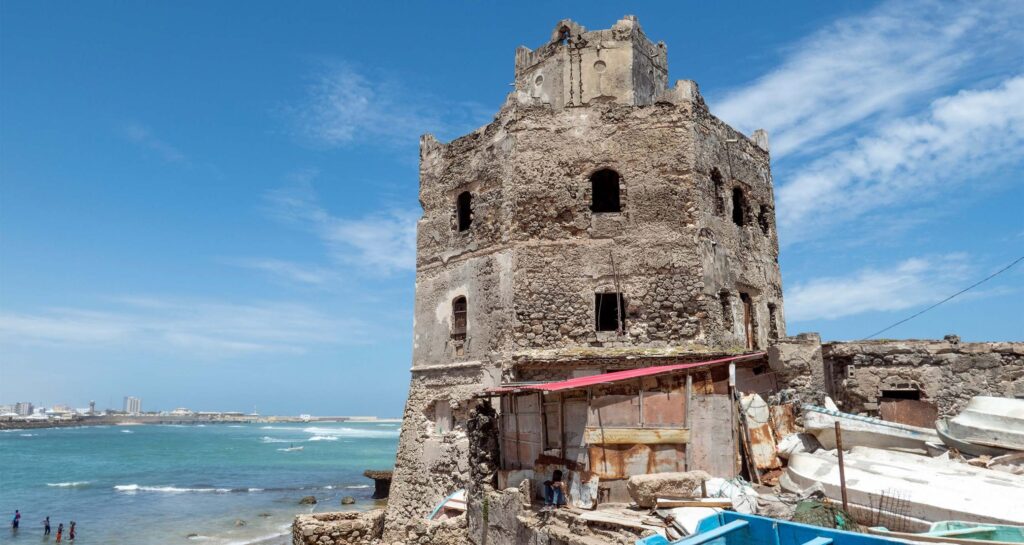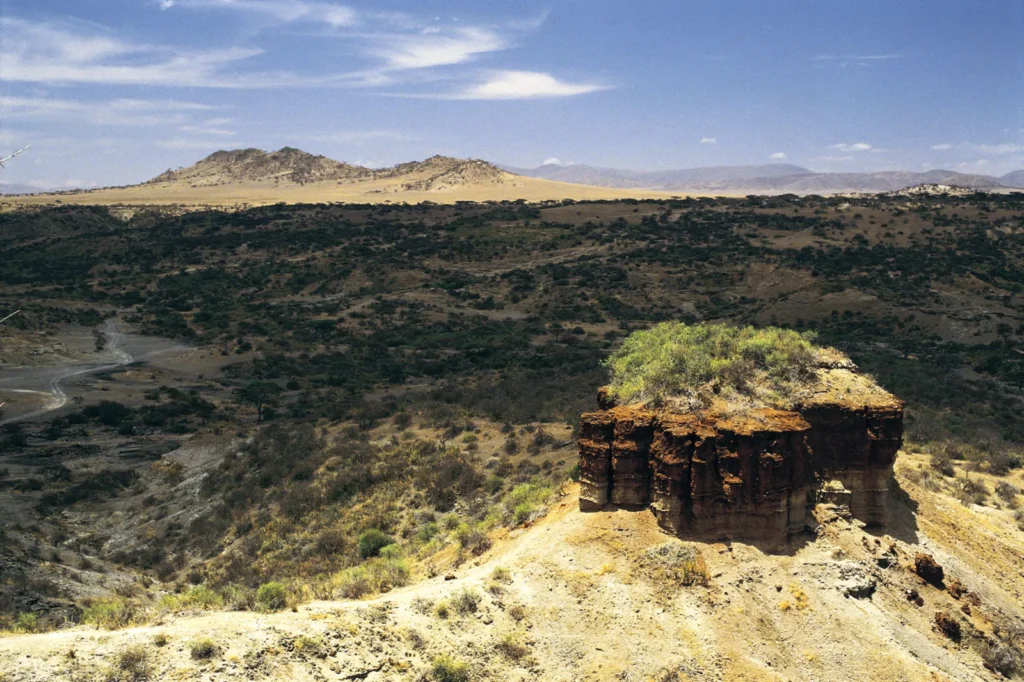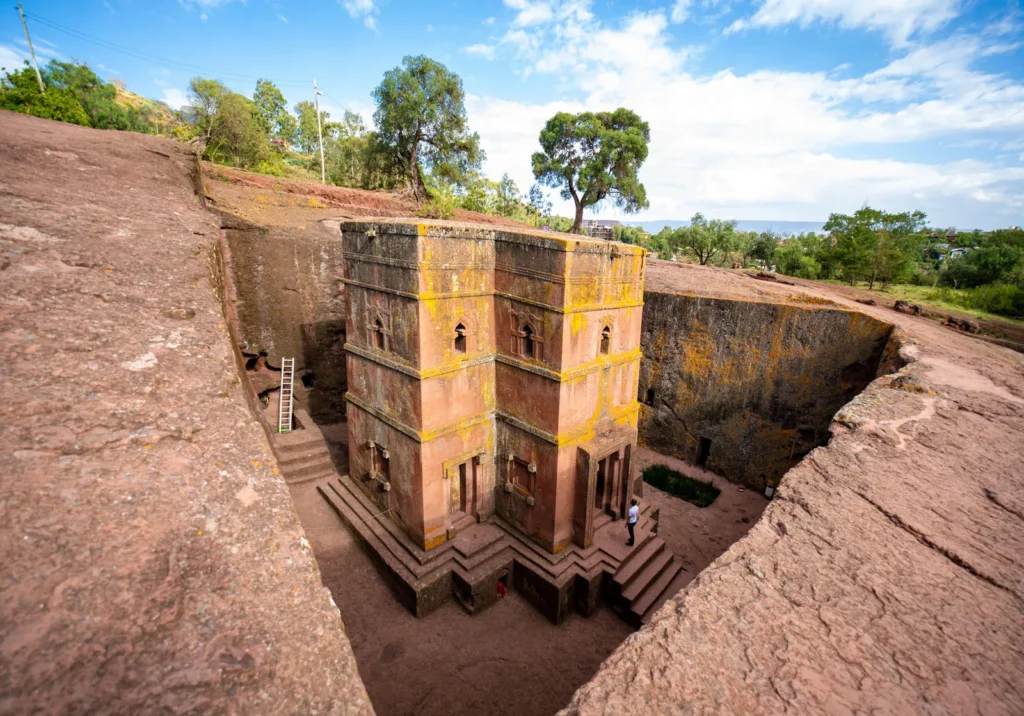In terms of famous cultural landmarks in Somalia, this country country which is rich in cultural landmarks that reflect its ancient history and Islamic heritage. The Laas Geel cave paintings near Hargeisa showcase prehistoric art, while Fakr ad-Din and Arba’a Rukun mosques in Mogadishu represent early Islamic architecture.
Taleh Fort symbolizes resistance during the Dervish movement, and the Zela ruins highlight ancient trade. These landmarks preserve Somalia’s deep cultural identity and historical legacy that catches the eyes of archaeologists and attracts the eyes tourist who wants to visit and know more about these landmarks.
FAMOUS CULTURAL LANDMARKS IN SOMALIA: HISTORICAL AND RELIGIOUS LANDMARKS
Famous cultural landmarks in Somalia include historical landmarks that reflect its deep Islamic heritage and long history of civilization. Notable among them is the Fakr ad-Din Mosque in Mogadishu, built in 1269, one of the oldest mosques in Africa.
The Arba’a Rukun Mosque, also in Mogadihu, dates back to the 19th century and showcases ancient Islamic architecture. In Zeila, the Masjid al-Qiblatayn is famous for its twin prayer niches. Other significant sites include the Aw Barkhadle shrine near Hargeisa, an ancient center of Islamic learning, and the Sheikh Isaaq’s Tomb, revered by many Somalis.

ANCIENT CITIES AND ARCHAEOLOGICAL SITES
This Horn of African country is home to several ancient cities and archaeological sites that reflect its rich history and culture. Cities like Mogadishu, Zeila, and Hafun were major trading ports linking Africa with Arabia and Asia. Their ruins reveal a deep Islamic and maritime heritage.
Famous cultural landmarks in Somalia, sites such as Laas Geel, Aw Barkhadle, and Gondershe showcase the prehistoric art and early settlements, highlighting Somalia’s long-standing role in trade, culture, and civilization. However, these sites attract the tourists from the corners of the world which contributes to the economy of the region.
NATURAL AND CULTURAL HERITAGE
In Somalia, the natural heritage includes vast landscapes, mountains, rivers, and wildlife. The country coastline, one of the longest in Africa, supports beautiful beaches and maritime life in the Indian Ocean. Natural sites, like Cal Madow mountains and the Jubba and Shabelle rivers are vital for biodiversity and local livelihoods.
Famous cultural landmarks in Somalia reflect centuries of history, trade, and Islamic influence, ancient cities, like Mogadishu and Zeila showcase traditional architecture and art. Somali culture values poetry, music, and craftsmanship. Tradional dances, storytelling, and the Somali language are key parts of the its identity, preserving the nation’s deep-rooted traditions and pride.

COLONIAL AND MODERN-ERA LANDMARK
Somalia has several landmarks that reflect both its colonial past and modern development. During the colonial era, the Italians and British built many architectural and administrative structures such as Mogadishu Cathedral, Villa Somalia, and Arba’a Rukun Mosque which show a blend of Islamic and European styles.
In modern era’s Famous cultural landmarks in Somalia, it has seen new developments such as the Mogadishu Peace Garden, National Theatre, and modern universities and hotels that represent progress and national rebuilding. Together, these colonial and modern era landmarks tell the story of Somalia’s resilience, heritage, and transformation through time.
Read Also: 7 Important Facts About Somali Identity Resilience
GOVERNMENT’S FUTURE PLAN OF CULTURAL LANDMARK
The Federal Government of Somalia plans to pass a comprehensive Cultural Heritage Protection Law to officially safeguard historical buildings and archaeological sites. This law will also regulate excavation, preservation and restoration work.

More regional museums are expected to be opened in the cities like Hargeisa, Kismayo and Baidao to promote local heritage. The government also aims to digitize museum archives and cultural records. It also plans to restore and protect major landmarks such as Old Mogadishu, Zeila ruins, Fakr ad-din Mosque and Lido lighthouse. These restorations are part of Somalia’s vision to list sites under UNESCO World Heritage status.
Ministry of Information, Culture and Tourism will train young Somali professionals in archaeology, museum management and conservation. Collaboration with UNESCO and foreign partners will continue to build local expertise. Future programs will involve local communities in protecting and promoting heritage.


